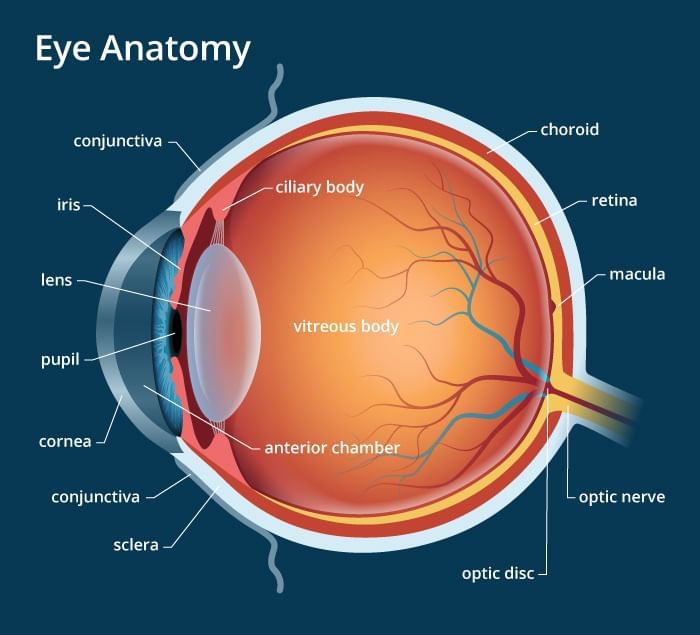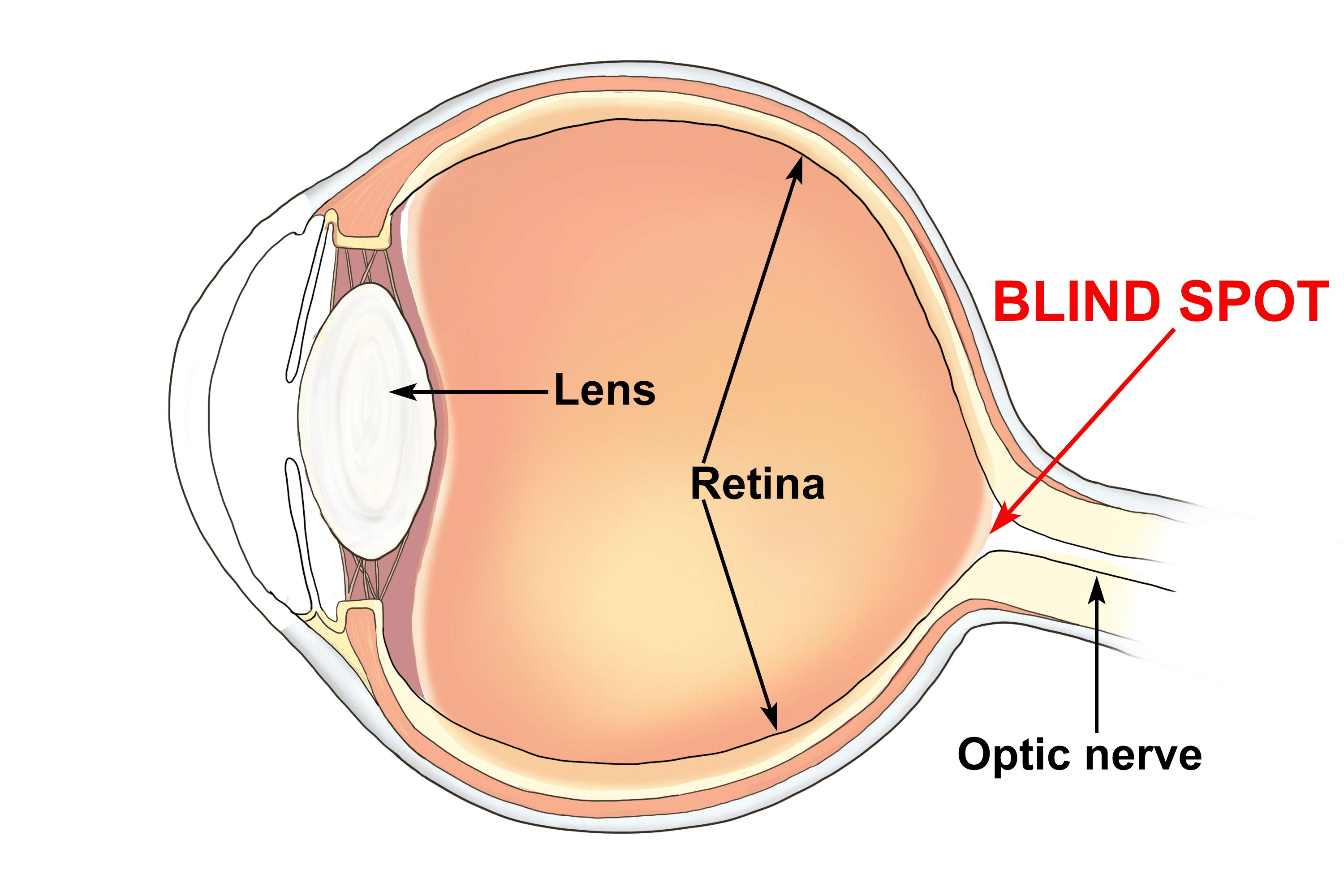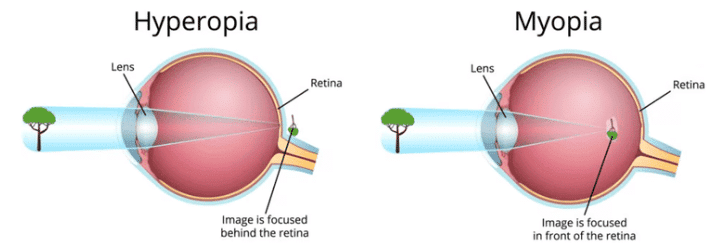Class 10 Science Chapter 10 Practice Question Answers - Human Eye and Colourful World
Fill in the Blanks:
Q1:The colored part of the human eye which controls the amount of light entering is called the __________.
Ans: The iris is responsible for regulating the size of the pupil, controlling the amount of light that enters the eye.
Q2: The ability of the eye to focus on objects at different distances is due to the property of __________.
Ans: Accommodation is the process by which the eye's lens changes its shape to focus on objects at varying distances.
Q3: The light-sensitive cells in the retina that help us perceive color are called __________.
Ans: Cones are photoreceptor cells in the retina that are responsible for color vision and work best under bright light conditions.
Q4: The __________ is the innermost layer of the eye, containing photoreceptor cells and nerve fibers.
Ans: The retina is the sensory layer of the eye that contains cells sensitive to light, converting it into neural signals for visual perception.
Q5:The region of the eye with no photoreceptor cells is known as the __________.
Ans: The blind spot is an area on the retina where the optic nerve exits the eye, lacking photoreceptor cells, and therefore no visual information is received.
Short Answer Questions
Q6: What is the purpose of the cornea?
Ans: The cornea is the transparent front surface of the eye that helps focus light onto the retina. It also acts as a protective layer for the eye.
Q7: Explain how the brain processes the information received from the retina.
Ans: The retina converts light into neural signals that are sent to the brain through the optic nerve. The brain interprets these signals and assembles them into the images we perceive.
Q8: Why do objects appear smaller when viewed from a distance?
Ans: Objects appear smaller at a distance because of the process of convergence. The eye's lens adjusts its shape to focus the image on the retina, and the brain interprets this smaller image as coming from a farther distance.
Q9: What is the role of the ciliary muscles in the eye?
Ans: Ciliary muscles control the shape of the lens, enabling it to change its curvature for proper focusing on objects at different distances. This process is known as accommodation.
Q10: How does the pupil respond to changes in light intensity?
Ans: The pupil of the eye dilates (enlarges) in low light conditions to allow more light to enter, and constricts (becomes smaller) in bright light to limit the amount of light entering the eye.
Long Answer Questions
Q11: Describe the process of vision in humans.
Ans: The process of vision involves the following steps:
a) Light enters through the cornea and passes through the pupil.
b) The lens focuses the light onto the retina, where photoreceptor cells (rods and cones) are activated.
c) Photoreceptor cells convert light into electrical signals.
d) Signals are transmitted through the optic nerve to the brain's visual cortex.
e) The brain processes the signals into images, allowing us to perceive the visual world.
Q12: Explain how the human eye can perceive different colors.
Ans: Cones, located in the retina, are responsible for color vision. Different cones are sensitive to specific wavelengths of light corresponding to different colors. When light enters the eye, the cones are stimulated based on the wavelengths they are sensitive to. The brain then interprets the combination of signals from these cones to perceive a wide range of colors.
Q13: What are nearsightedness and farsightedness? How do they occur?
Ans: Nearsightedness (myopia) occurs when the eyeball is longer than normal or the cornea is too curved, causing light to focus in front of the retina. This results in a clear vision of close objects but blurry vision of distant ones. Farsightedness (hyperopia) happens when the eyeball is shorter than normal or the cornea is too flat, causing light to focus behind the retina. This leads to clear vision of distant objects but difficulty focusing on nearby ones. Both conditions can be corrected with eyeglasses, contact lenses, or surgery. Q14: Discuss the importance of the retina in the process of vision.
Q14: Discuss the importance of the retina in the process of vision.
Ans: The retina is crucial for vision as it contains photoreceptor cells (rods and cones) that convert light into electrical signals. These signals are then transmitted through the optic nerve to the brain, where they are interpreted into visual images. Rods are responsible for vision in low light conditions and detecting shapes and movements, while cones are essential for color vision and high-acuity tasks. Without a functioning retina, the process of visual perception would be severely compromised.
|
80 videos|569 docs|80 tests
|





















